- Cloud seeding involves spraying salts into incoming storm clouds to increase rainfall.
- Photos show how the UAE, United States, and other countries have been seeding clouds for decades.
- Historic floods in Dubai didn't come from cloud seeding, but humans' climate impacts are playing a role.
As the desert city of Dubai flooded on Monday, onlookers pointed the finger at the government's "cloud seeding" efforts.
The program sends planes into oncoming storm clouds to inject them with substances that can help make more rain. Could it be the culprit for two years' worth of rain falling on the United Arab Emirates city in just a day?

It's a tantalizing explanation. Trying to control the weather can sound tantamount to playing god. And if thousands of years of media and oral tradition tell us anything — from Prometheus to Frankenstein — playing god has bad consequences.
But the United Arab Emirates has been seeding clouds to encourage rainfall and battle drought for 20 years. Some US states have been doing it for even longer. These programs have found that the practice has a small effect on precipitation, increasing it by about 5 to 15%, though a UAE official told Reuters that it can be as high as 30% for them.
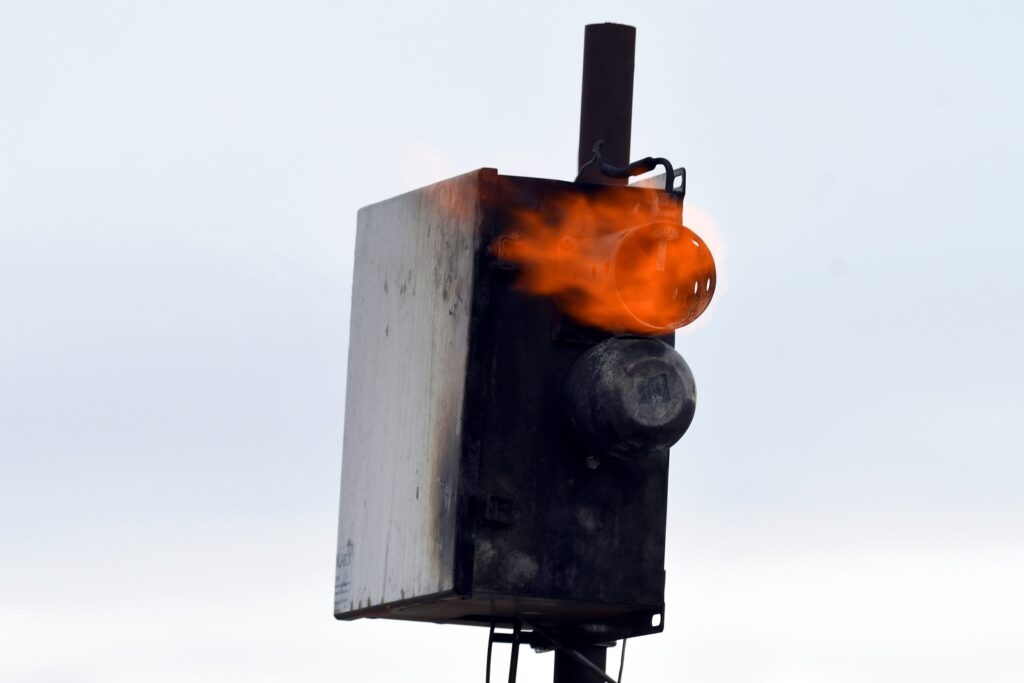
Many other countries, including China and Australia, have experimented with the technique.
According to several scientists, cloud seeding isn't the driving force behind Dubai's historic floods.
How cloud seeding works
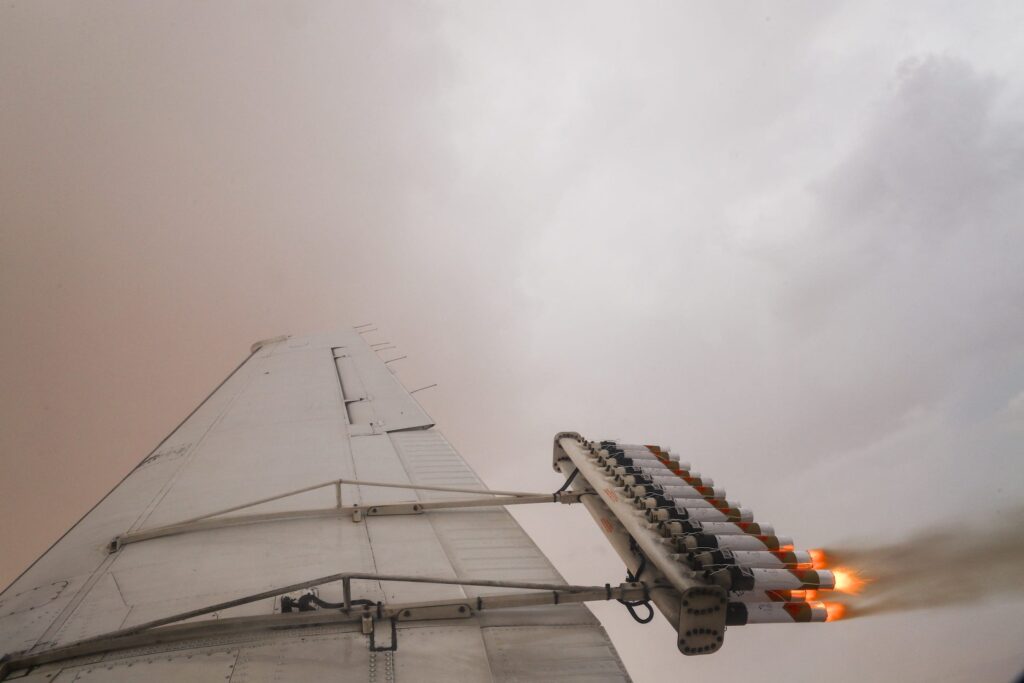
To "seed" a cloud, you have to spray it with microscopic particles of a salt such as silver iodide, calcium chloride, or potassium chloride.
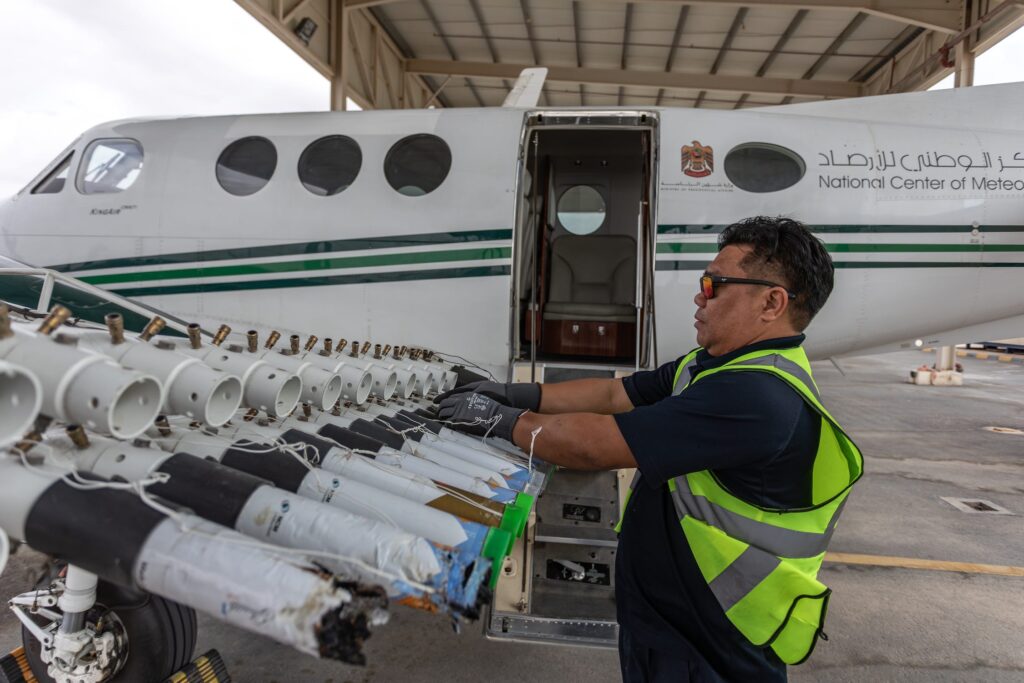
In the UAE and many US states, planes do the job. In some places, like Utah, machines on the ground shoot the substance into air currents that can carry it into the clouds.

All these particles have a crystalline structure, similar to ice, which gives water droplets something to stick to. As the water converges, it forms an ice crystal and eventually falls as snow or rain.
This mimics the natural rain-making process that happens inside the cloud.
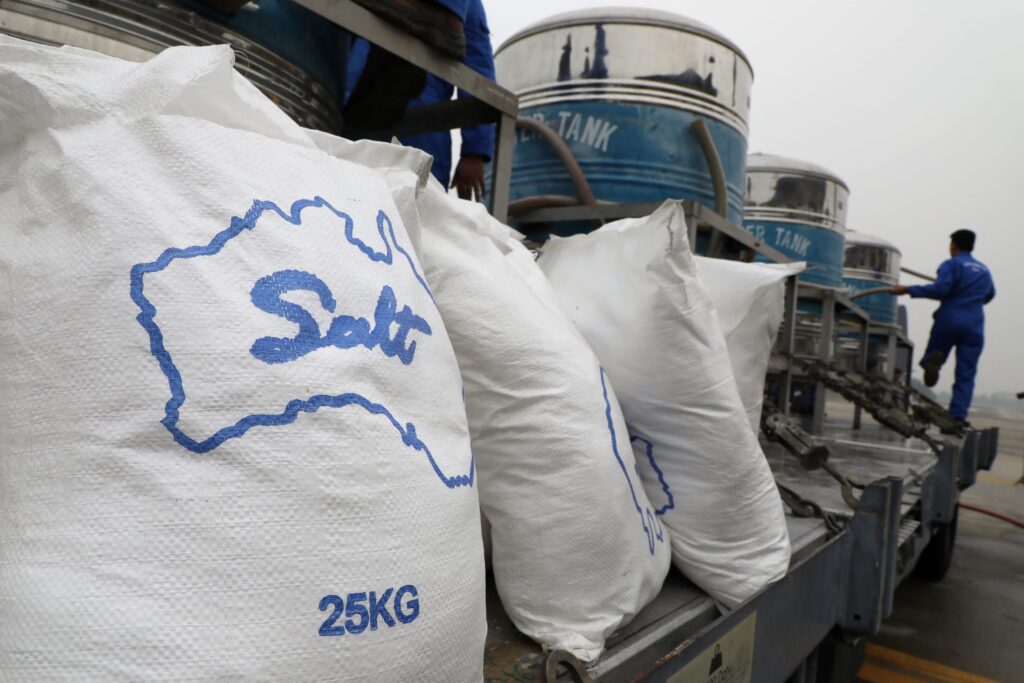
"Cloud seeding can't create clouds from nothing. It encourages water that is already in the sky to condense faster and drop water in certain places. So first, you need moisture. Without it, there'd be no clouds," Friederike Otto, a senior lecturer in climate science at the Imperial College London, and co-founder of the groundbreaking science collaboration World Weather Attribution, said in a statement to the Science Media Centre (SMC).
The real threat behind Dubai's floods
Many atmospheric scientists have dismissed the idea that cloud seeding was behind Dubai's floods. Experts told the SMC that the rains came from a rare thundercloud system, which was already forecast to bring heavy rainfall, and the effect of any cloud seeding would have been tiny.
"This is a distraction from the real story here — that due to our collective failure to phase out fossil fuels, we must prepare for unprecedented extremes, which will worsen until we reach 'net zero,'" John Marsham, an atmospheric scientist and Met Office Joint Chair at the University of Leeds, told the SMC.
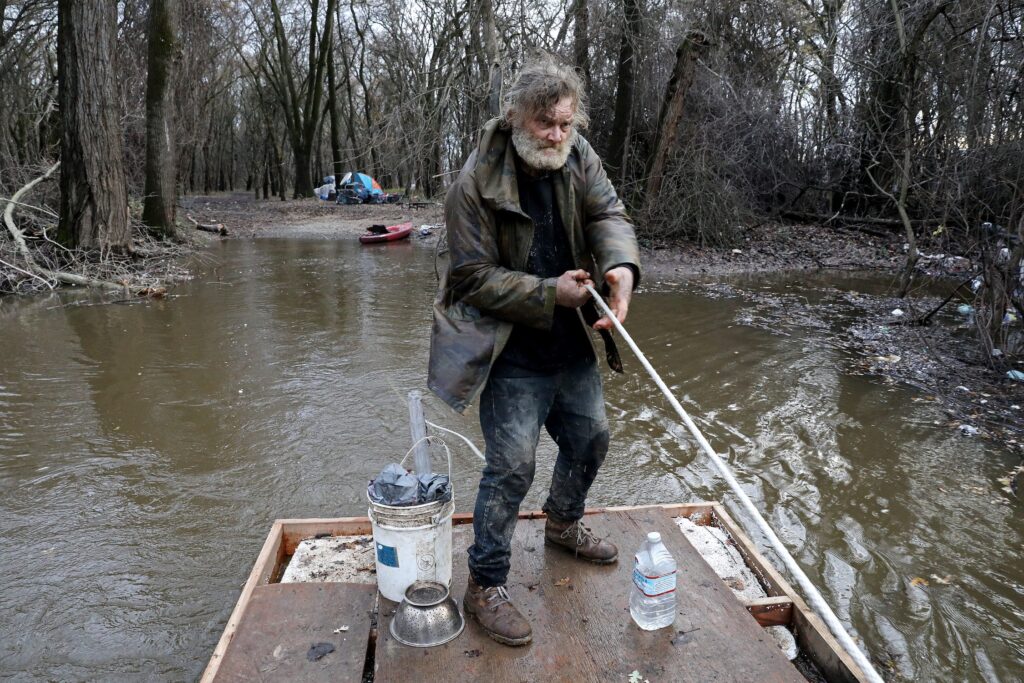
Rising global temperatures are leading to heavier bouts of rainfall across the planet, even in places that are typically dry or even in the middle of a drought. This type of weather whiplash happens because of a fundamental fact of physics: Warmer air holds more water.
"Any possible effect of any cloud seeding in these circumstances would be tiny," Marsham added.
Indeed, the UAE isn't the only desert or drought-stricken region that's been devastated by heavy rainfall in recent years. Death Valley catastrophically and historically flooded in 2022, 2023, and this February.
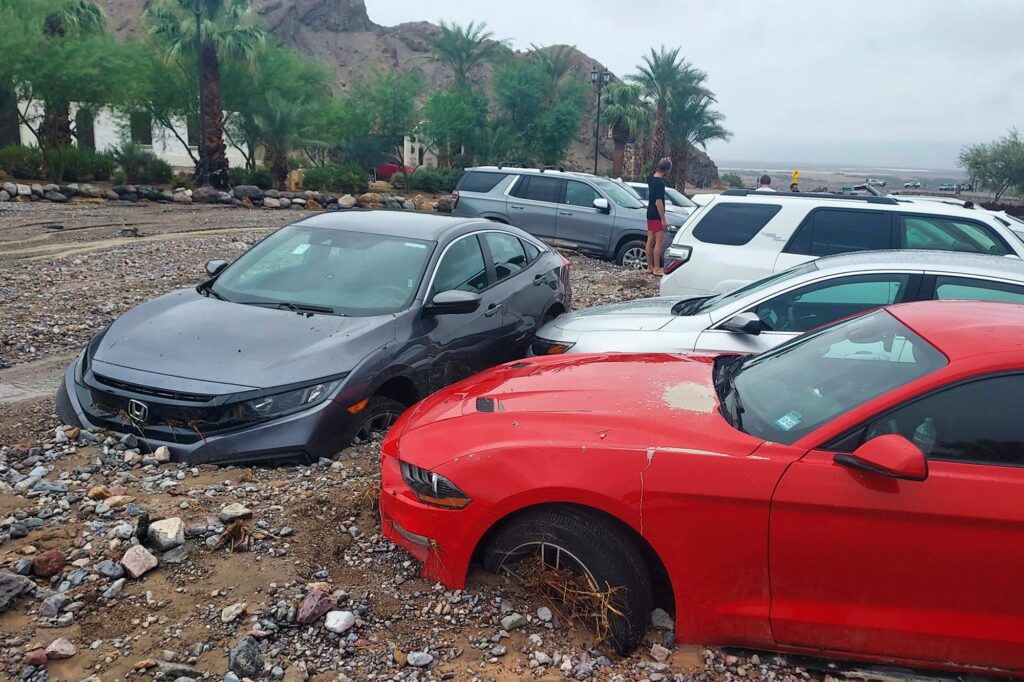
A series of moisture-laden atmospheric rivers interrupted California's years-long drought last winter, killing at least 22 people, by the Los Angeles Times' count.

"If humans continue to burn oil, gas, and coal, the climate will continue to warm, rainfall will continue to get heavier, and people will continue to lose their lives in floods," Otto said.

